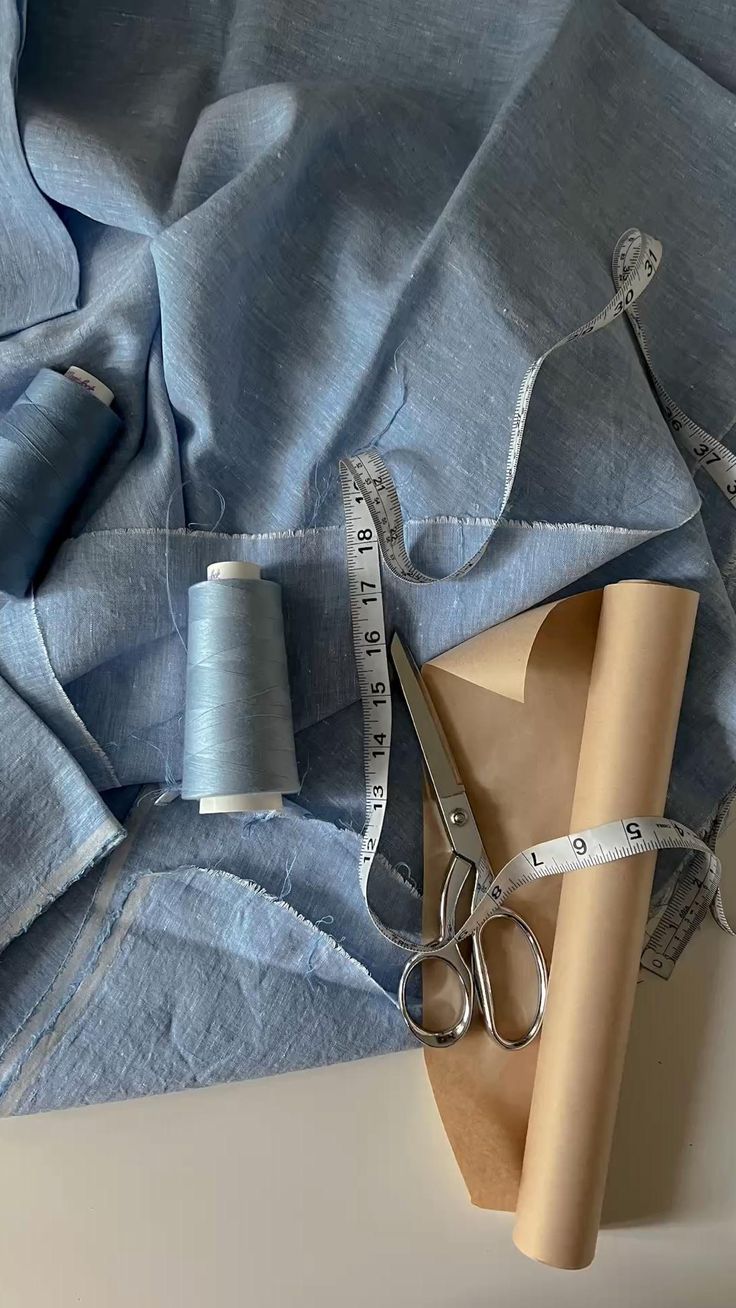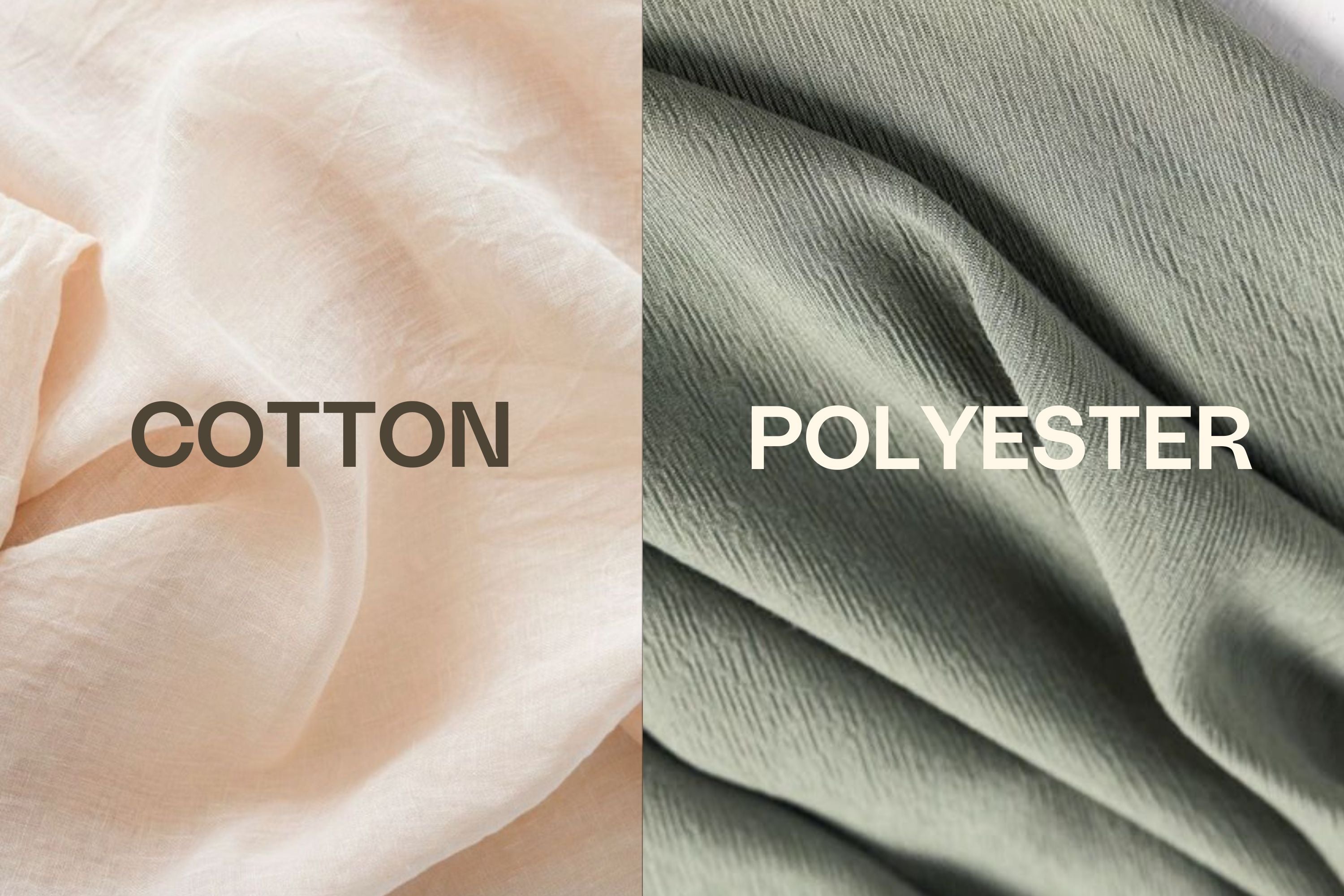Selecting the right fabrics in this vibrant world of fashion retailing is considered one of the main decisions that may alter the course of your product line's success. In the apparel business, fabric selection as a B2B buyer is often much more than mere aesthetics; rather, it is an added awareness of fabric properties, market trends, and especially what the buyers need. At Fabriclore, we will guide you through those imperative factors that will decide the right fabric for your consumers. So, let us start this comprehensive guide that will help you make an informed and strategic decision in choosing fabrics.

Basic Understanding of Fabrics
Before diving deep into this fabric world, let us understand its basics first. Fabrics are broadly categorized into three categories: natural, synthetic, and blended. Each one of them has its characteristics along with advantages and disadvantages.
- Natural fabrics are made from cotton, wool, and silk natural materials. They can be friendly to wear, can breathe, and do not impact our environment. However, natural fabrics are required to have good care.
- Artificial fabrics are derived from synthetic fibres like polyester and nylon. Therefore, these fabrics are credited for strength, low maintenance, and being inexpensive. Most of them are similar in properties; however, these fabrics are more resistant to wear and tear.
- Blended fabrics combine natural and synthetic fibres in a bid to balance properties. Blends offer comfort similar to that of natural fabrics with durability derived from synthetics, and may therefore be very versatile and suitable for many uses.
What to Consider
Below are some important considerations when selecting fabrics for your customers, in which you will determine what material fits best for them:
1. The Fabric Purpose
This is very important, knowing exactly for what purpose the fabric will be used. Different clothes need different kinds of fabrics. For example:
- Casual Wear Fabrics most used in casual wear include cotton and linen due to their comfortable feel and breathability.
- Formal Wear Silk, satin, and velvet all provide luxury appeal for formal and evening wear.
- Activewear Performance fabrics offering functionality, such as moisture-wicking polyester and spandex blends, provide comfort in athletic wear.

2. Fabric Properties
Judge the properties of the fabric according to what your consumers will be demanding in it, whether:
- Durability Fabrics like denim and canvas have higher durability, hence fitting for high wear;
- Comfort Soft and breathable fabrics like cotton and bamboo are chosen concerning comfort and friendliness to the skin.
- Care Easy-care fabrics, such as polyester and blended fabrics bring added value to the retailer and, in turn, to the end consumer.

3. Market Trends
Knowing the current fashion trends also plays a role in fabric selection. Consider:
- Colour Trends Colour trends change from season to season. Ensure your fabric choice reflects current colour trends in the fashion world.
- Textural Trends The textural trends in velvet or metallic finishes add the most modern touch to your range.

4. Sustainability
Sustainability is one of the key features trending in recent times in the fashion industry. Fabrics offering:
- Eco-Friendly Materials Organic cotton, bamboo, and recycled polyester are perfect for the eco-conscious consumer.
- Ethical Production The fabric should be sourced from suppliers with ethical and sustainable methods of production.

How to Choose the Right Fabric
Follow these steps to make the best fabric choices for your buyers:
1. Know Your Buyer
Understand exactly what your buyers need and what they want. Interact with them to understand the target audience of the products, the requirements, or if any special orders are in the pipeline. It will guide you to select fabrics that are in tune with the brand identity and meet the demand in the market.
2. Test Fabrics
Ahead of time, obtain samples of various fabrics you are considering for a bulk purchase. Test their quality, feel, and performance. In this way, you will be hands-on with the fabric to assess whether this will suit the product your buyer will eventually use.

3. Work with Reliable Suppliers
Partner directly with authentic fabric wholesalers, which supply genuine fabrics with good service. At Fabriclore, we pride ourselves on serving the highest range of authentic fabrics, besides assuring top-class customer service. Our team here tries its best to help customers find the perfect fabrics per their requirements.
4. Stay Informed
Stay current with what is happening in the industry, with new fabric technologies, and with market fluctuation. This will also enable you to regularly review your fabrics and make necessary adaptations to maintain relevance with changing times.
Fabric selection for your buyers is an ideal combination of knowledge, research, and strategy. Knowledge of basic fabrics, key consideration factors, and collaboration with reputable suppliers such as Fabriclore will push you towards making an effective selection that will upgrade your products to meet the ever-evolving demand of your buyers. Ahead in this curve, welcome innovation and serve par excellence with the above-average fabric solution that differentiates your brand in the competitive fashion industry.
Come to Fabriclore today for further assistance in choosing the fabric or select from the elaborate range. Let us help you convert your fabric dreams into reality.







Leave a comment
This site is protected by hCaptcha and the hCaptcha Privacy Policy and Terms of Service apply.